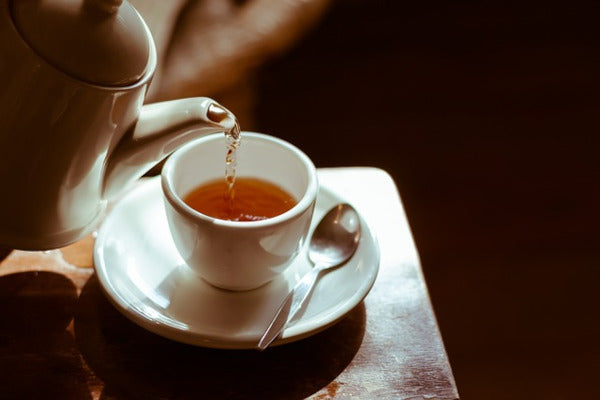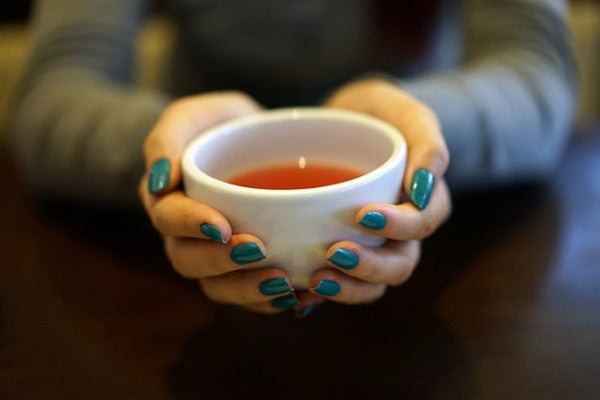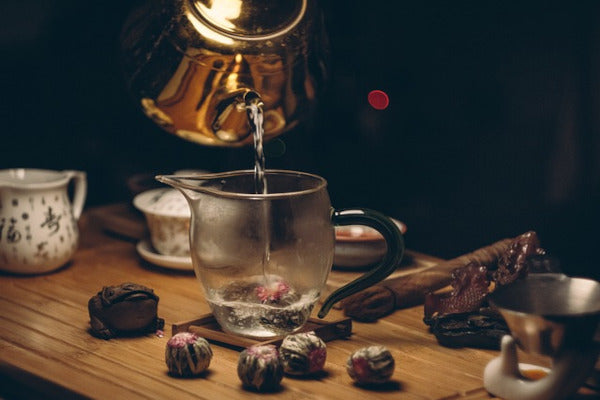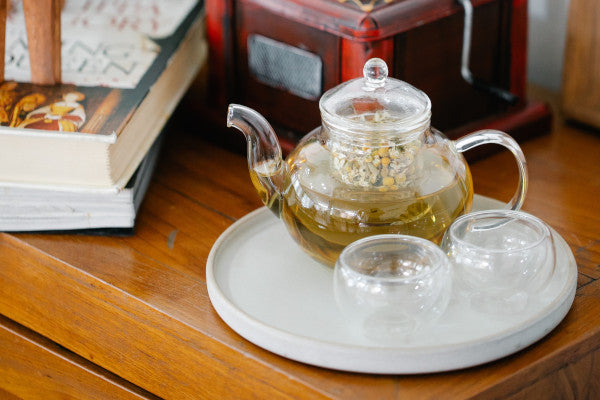The Happy Valley Tea Estate is located in the city of Darjeeling in India, since there the tea plantations are mostly private and called “Estates” and are known as cooperations or tea groups.

Women and men earn 90 rupees per day (€1.10) if they pick 4 kg of tea , and if they pick more, they are better paid. School and medical care are provided by the estate. At the Happy Vallea Tea Estate, the cooperative provides one doctor, three nurses, etc., for all the people working there. It may seem strange, but 99% of tea plantations in India are private estates.
The red spider (a very small spider) is the greatest enemy of tea growers, and on biodynamic farms, spiders are "fought" with ladybugs, while on non-organic farms, herbicides are heavily used. Fannings and Dusts come in tea bags, but they are equally good. However, the larger leaves are preferred for the perfect tea, which is why we only sell loose tea at TéTique .
At Happy Valley Tea Estate, 50,000 kilograms of tea are produced each year, with sales that employ 332 employees and thus provide a livelihood for many families. The tea maids are divided into four different groups: the older women are closer to the estate, and the younger women have to travel farther to pick the tea leaves. The older women only travel farther into the fields during the main harvest season and are highly valued, as they have a wealth of experience.

Step 1 of the tea "withering process": The tea leaves are laid out on long mats on a surface and dried for 18 hours, or 9 hours in the cold (outside in the air) and 8 hours in the heat (charcoal fire with hot air blowers). This method extracts 60-65% of the liquid from the leaves, which should not be too dry to prevent the leaves from breaking. During this process, the leaves should still be soft.


Step 2: "Rolling and Crushing": The tea leaves should not be too dry. This process takes about 45 minutes, and during this process, the tea loses another 10% of its liquid. They are then placed for three hours in locations where oxidation occurs. This oxidation only occurs in black tea. To make white tea, it is not necessary to let it oxidize, and green tea is subjected to hot air again.
Step 3 "heating and drying": Where the last liquid is extracted from the tea leaf, this process takes about 22 minutes at 110-120 degrees

Step 4: "Cooling down": The tea leaves are taken to another room to cool and then filtered according to their size. Larger leaves are more valuable than smaller ones, because large leaves are where they can develop best at tea time (the final product).
In Darjeeling there are 3 distinct seasons in nine months (3 flushes) : the 1st flush rarely sees oxidation, therefore this tea is very mild, appreciated and also very valuable being the first bud of the year. The 2nd flush takes place before the monsoon, this tea oxidizes and therefore has a stronger flavor and color, after the monsoon, the 3rd flush results in a tea that is not comparable to the first or second flush, it is neither strong nor mild. Happy Valley Tea Estate has 122 fields and it is said that the higher fields are better than the lower ones.






